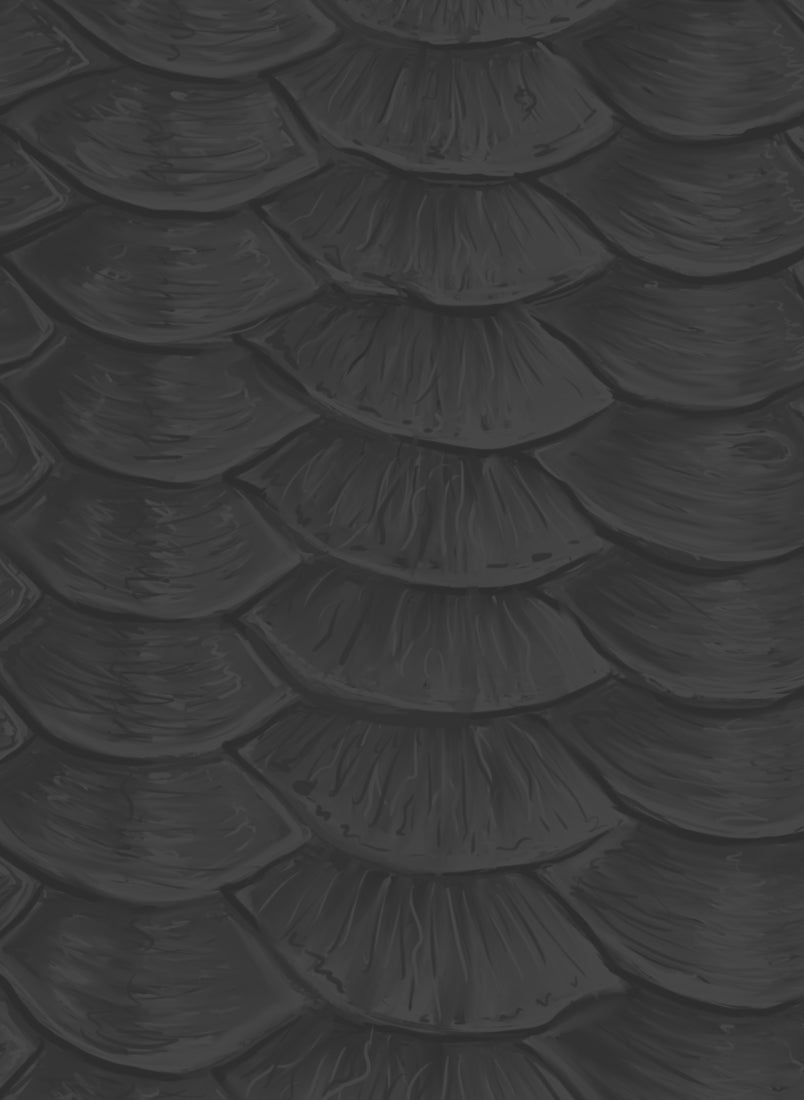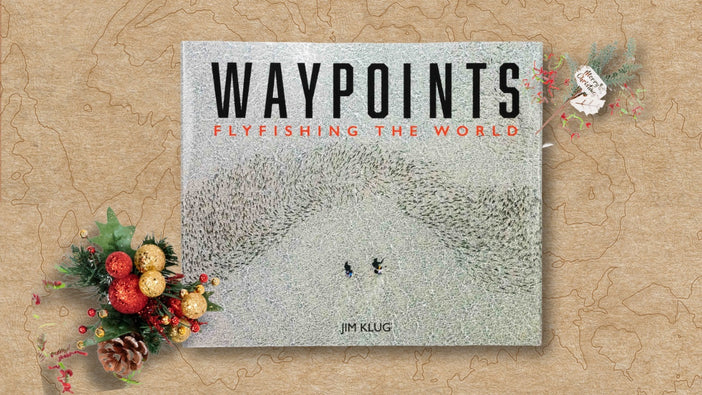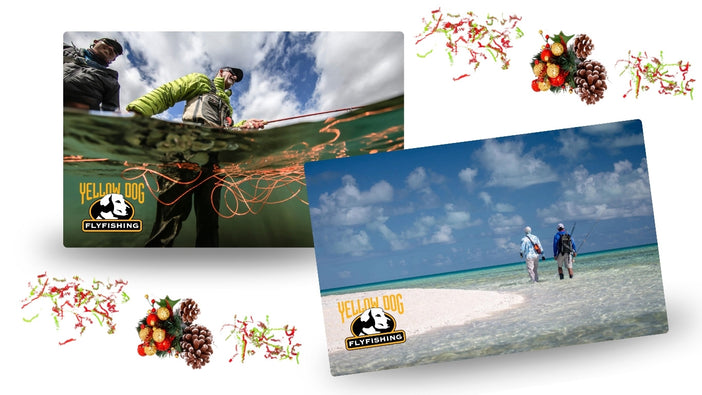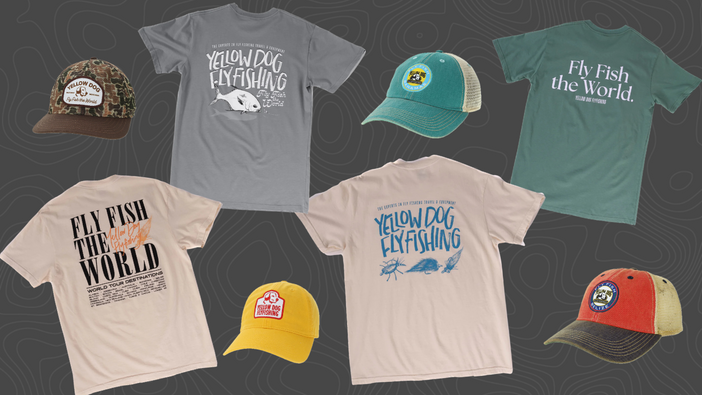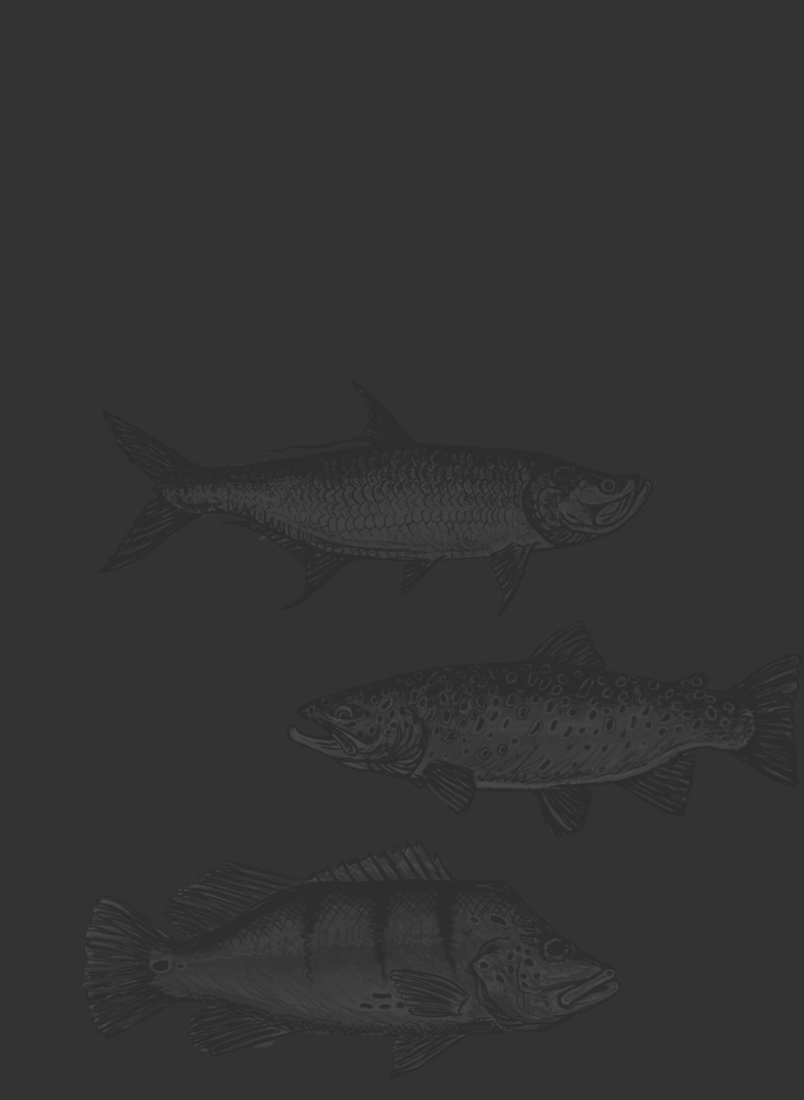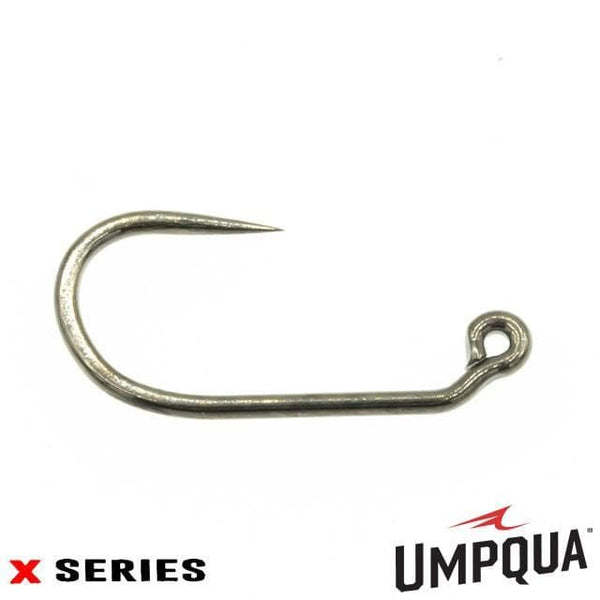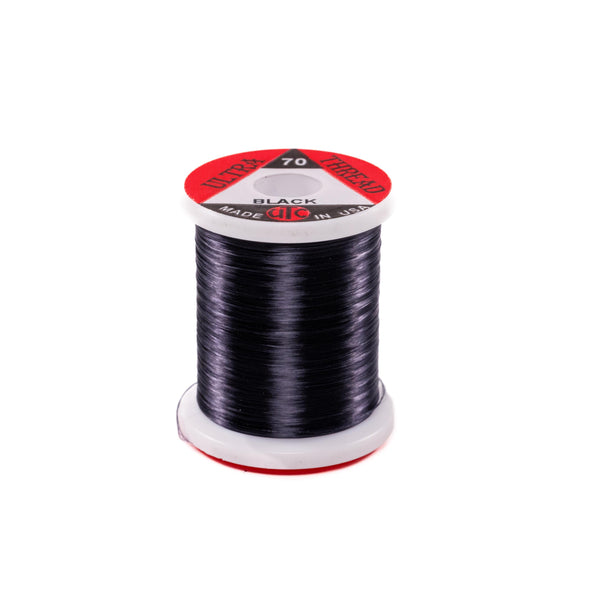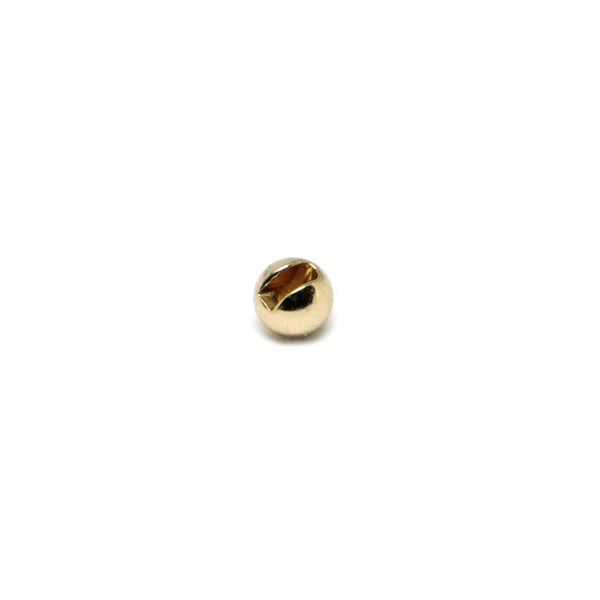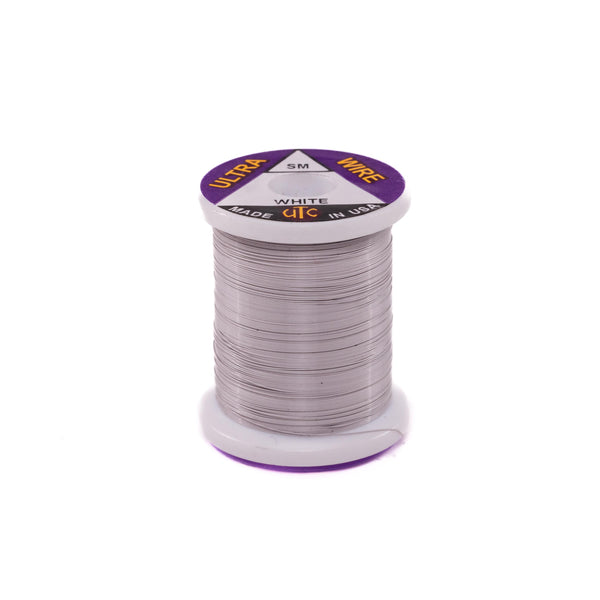



Jigged CDC Pheasant Tail - Natural/Pink
 In Stock • Bozeman, MT
In Stock • Bozeman, MT






Description
Who hasn’t relied on the Pheasant Tail nymph to end a slump at some point in their fishing lifetime? Well, add a tungsten bead on a jigged hook and collar it with some CDC and you’ve literally created magic. This fly gets down quickly, has natural action (CDC) and rides point up resulting in fewer hang-ups on the bottom. The ultimate confidence fly!
Hook/Thread: Umpqua X-Series XC400BL-BN / UTC Ultra Thread 70 Denier
Bead: Fulling Mill Slotted Tungsten Beads
Thorax: Peacock Herl
Body/Tail: Pheasant Tail Fibers
Ribbing: Ultra Wire Small
Collar: Nature Spirit CDC





